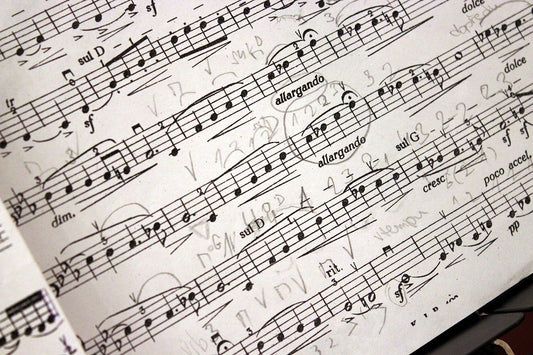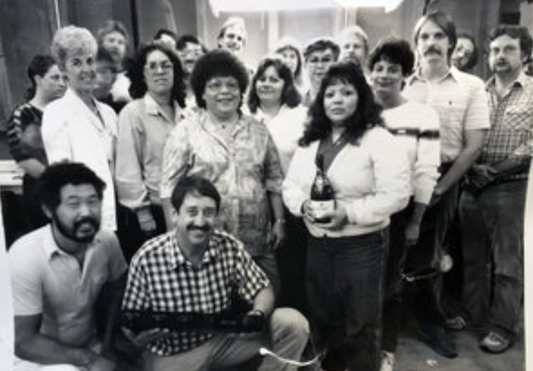Power, beginnings
by Paul McGowan
Power is perhaps the least appreciated, most misunderstood element in our high end audio music systems. Why is that? I guess it's true because power is like the water that comes out of our faucets: it's always there and always works. We don't give it a lot of thought. Though, as a side note, it's interesting that bottled water is the largest selling beverage on the planet.
AC wall power, therefore, is a commodity, like gasoline. Sure, some gasoline grades are almost noticeably different–your engine might make more or less noise depending on which you choose–but put gas in the car and away you go. Put AC power into the amplifier and music comes out the other end. Commodities. Why pay any attention to their quality?
Few of us bat an eye when we're told improvements to an amp or DAC are the direct result of power supply improvements: bigger caps, faster regulators, fancy designed transformers, separate power supply boxes the same size as the equipment itself. We're never surprised when these elements improve the music that comes out of our speakers. Nor are we surprised when a bigger amplifier sounds more powerful, easier, effortless, or when an expensive power cable drops our jaw. But mention the notion that the AC itself - the actual commodity that lurks in our home's walls - has a bearing on performance that is equal to, or more important than the aforementioned tweaks, and our BS alerts ring bells.
It was into this mindset–just as pervasive in 1997 as it is today–that I began thinking about the quality of the actual fuel our hi fi systems depended upon to operate. And I remember the first epiphany I had; the light bulb that suddenly flashed bright in my head. The idea that amplifiers were fed from power supplies was backwards! Yes, backwards! Thinking of an amplifier as an all-important gain block fed from a non-descript power supply, is akin to visualizing a car's all important gas pedal fed from a non-descript engine.
An amplifier is a circuit designed to modulate a power supply, just like a gas pedal is a device to modulate an engine's output–not the other way around. And why is that important? This is the subject of our latest series, one we will delve into deeply.
And I think it instructive to take a trip back to memory lane. In 1976 there was no such thing as a separate power conditioner category in high end audio. Were you to look at a Stereophile or TAS recommended components issue, there would be categories like cartridges, preamps, amplifiers, speakers, cables, etc. Nothing for what is accepted as standard today: power conditioners.
Years earlier PS Audio had introduced the first: the Power Sonic isolation transformer. Twenty years later, Bruce Brisson had introduced the MIT Z stabilizer, and George Tice offered an isolation transformer, called the Tice Powerblock, and not much else was even contemplated for dealing with AC power.
But all that was about to change, and in a big way.
- Choosing a selection results in a full page refresh.
- Opens in a new window.








